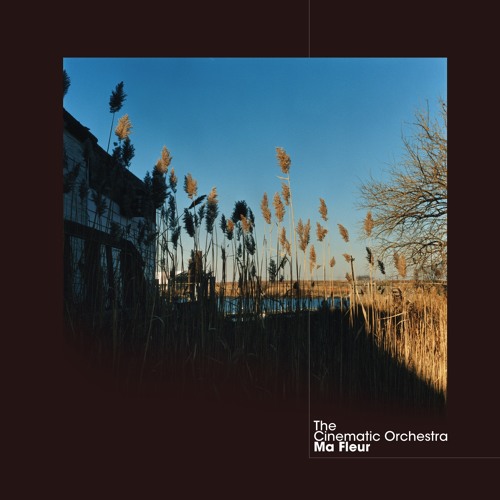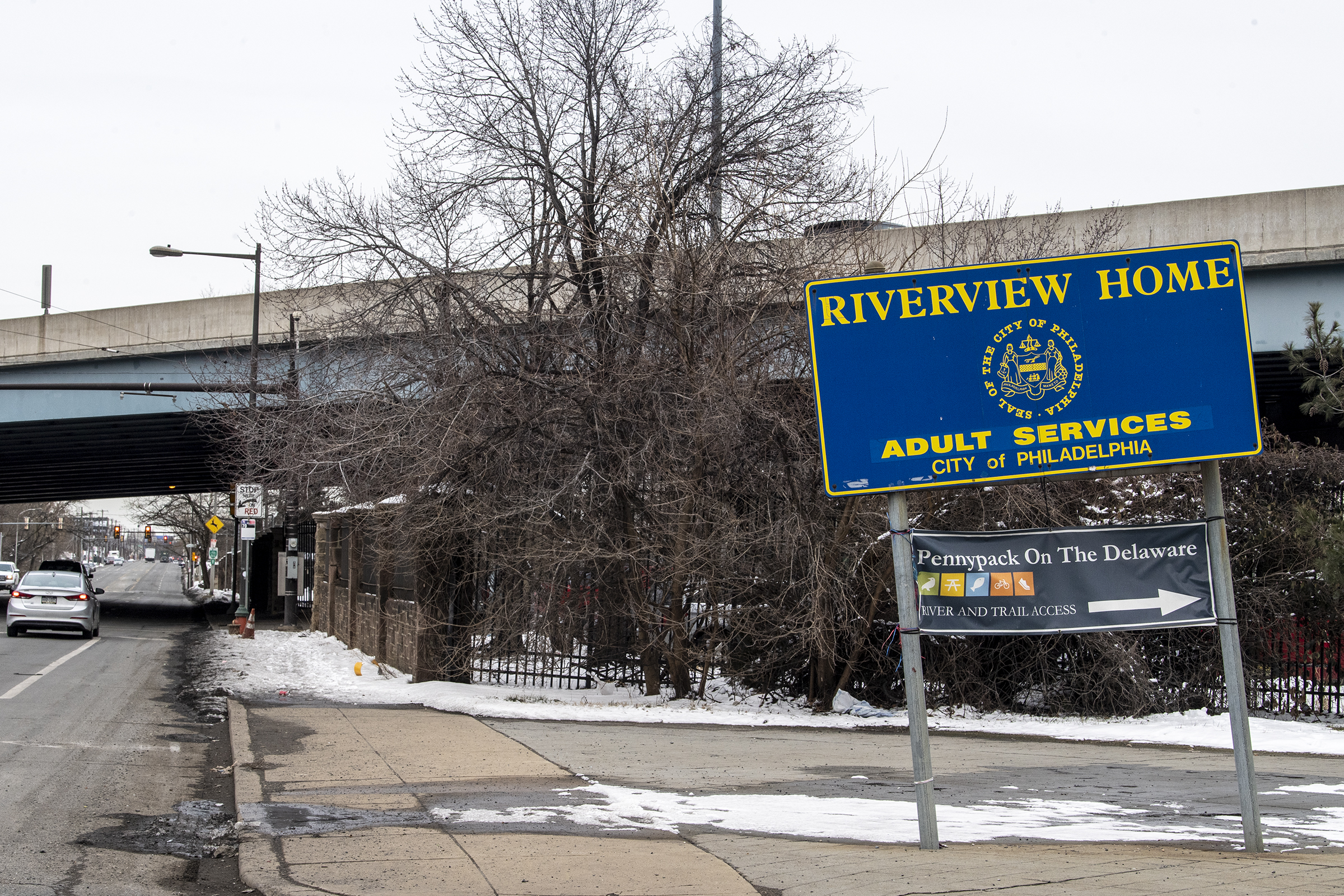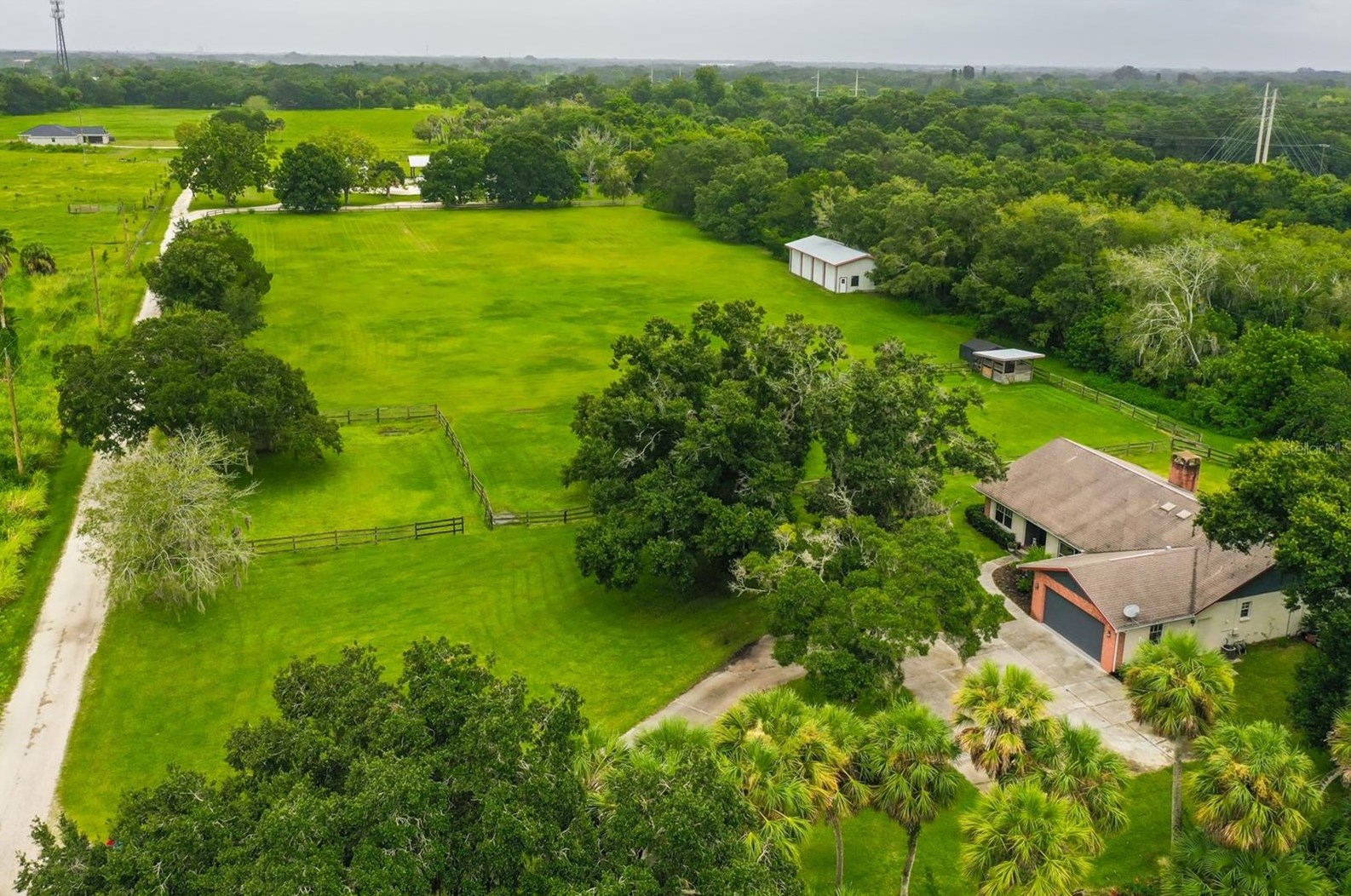

I used an old Mac Performa 630 and a S3000 Akai Sampler and Cubase and it was all MIDI. There were musicians involved doing live overdubs and a couple of drum things, but it was generally all sampled. On the first record, it was just a total exploration on my own, to be honest. On your first album you were quite a solitary producer, there wasn’t a lot of output from outside. People like Charles Mingus and Stanley Clarke, Jaco Pastorius. That led me really deep into the jazz world because I wanted to listen to virtuoso bass playing rather than just rhythm playing. After I graduated, I started exploring music in a very different way than as a performer or as a musician.

Well, the first band that I was in while I was at college was a punk rock thing. Why would you say didn’t you end up in a rock band? I’m just translating the ideas to music.” For me, music’s the one that’s a little bit more universal. When I graduated, people were asking, “Are you doing any more visual arts?” And I said, “Well, for me, it’s the same thing. I was doing art and film and sculpture at art school, but for me visual art or music is the same thing really. I think it was maybe a teacher at school who tuned my guitar for me and then I was off. I was like, “This music business is really complicated and difficult.” I was like, “How does it work?” Then it wasn’t … the penny dropped after a couple of years. I was stretching my fingers trying to work out the notes and chords, and it took me forever. The guy must have had it for years, and it was out of tune, but I was like, “That will do.” I spent literally two years just listening to the radio and trying to play along to pop songs. They pulled this little guitar out of the back room. Sampling a lot of old jazz records for rhythms and basslines, and film scores for string sections and electronics and weird sounds really. I suppose the inspiration on that first record, as I said, was like a homage to classics like Coltrane and Miles, Ella, Nina Simone and film composers like Bernard Herrmann, Lalo Schifrin, Quincy Jones, people like that. All of them have actually been cleared now but, yes, “Strange Fruit.” It just somehow seemed to fit into that piece of music I was writing at the time.

There’s quite a few big samples on there and I’ve actually paid the price for sampling them, been caught a number of times. On my first record, Motion, it’s kind of like homage. When you started, one of the first pieces that you published as Cinematic Orchestra, you sampled a really big classic tragic milestone, “ Strange Fruit” from Nina Simone. It can be abstract, it can be pictorial, it can be image-based, it can be sonic, it can be sculptural, it can be 3-D, it can be something you touch, but it’s like … I don’t know how else to describe beauty apart from it’s something that’s from within. I think beauty is something that comes from the soul, from within. I was drawing frantically when I was five, six years old and playing music. Beauty … well, I studied visual art from a very young age. It’s quite a very open and difficult question, that one.

What’s your hold on that? Where does beauty in music originate from? Now, beauty is one of the most difficult terms in arts. We owe you some really nearly painfully beautiful pieces of music.


 0 kommentar(er)
0 kommentar(er)
